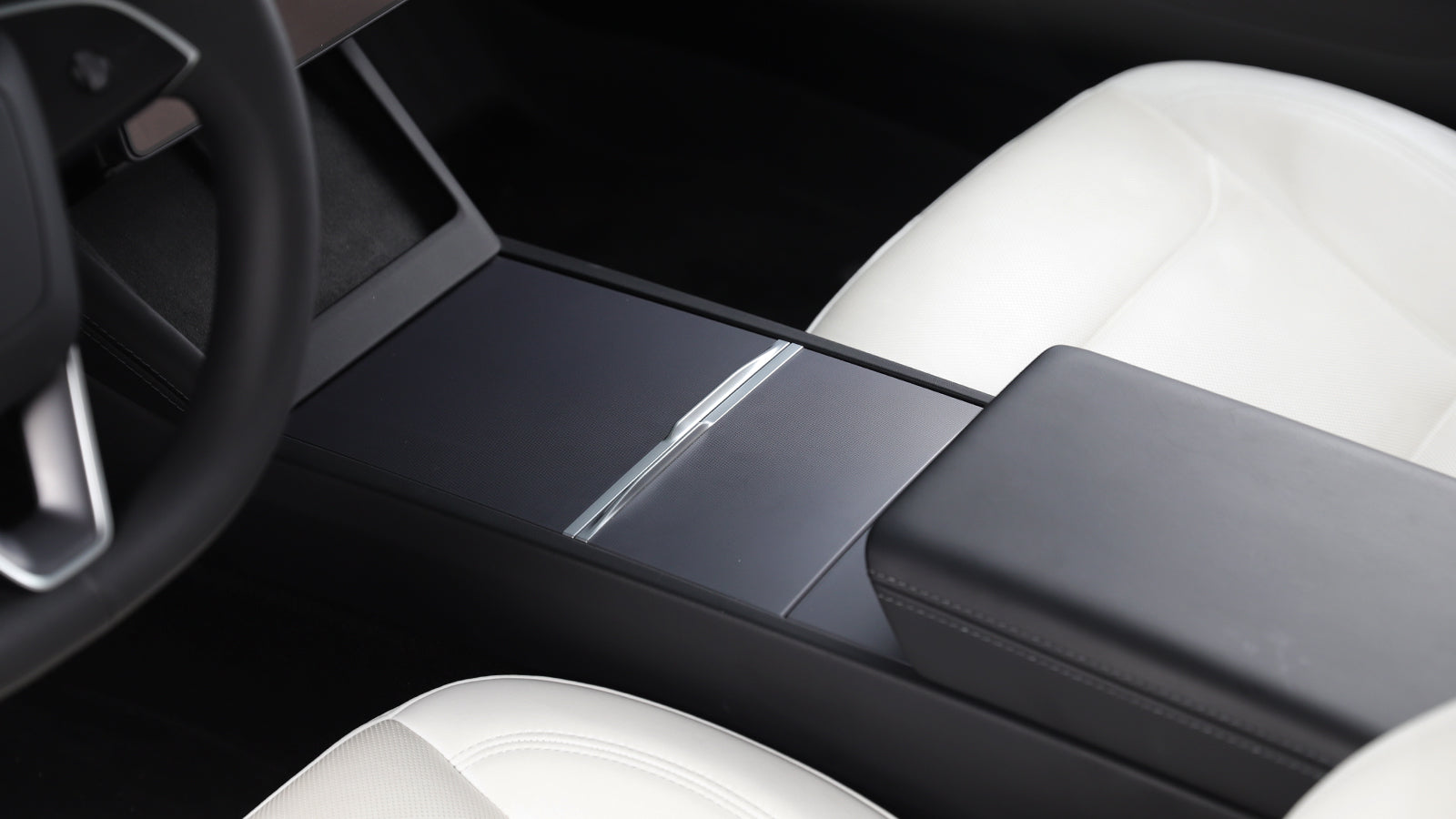The Electrifying Journey: A Look at Tesla Supercharger Evolution

Table of Contents
- Introduction: Powering the EV Revolution
- The Genesis: Supercharger V1 - The Pioneer
- Gaining Momentum: Supercharger V2 - Shared Power Era
- Urban Adaptation: The Compact Urban Supercharger
- The Speed Leap: Supercharger V3 - A New Benchmark
- The Modern Era: Supercharger V4 - Accessibility and Future Power
- Supercharger Generations at a Glance (Comparison Table)
- Looking Ahead: The Future of Tesla Charging
- Conclusion: Driving the Charge Forward
1. Introduction: Powering the EV Revolution
2. The Genesis: Supercharger V1 - The Pioneer
3. Gaining Momentum: Supercharger V2 - Shared Power Era
4. Urban Adaptation: The Compact Urban Supercharger
5.The Speed Leap: Supercharger V3 - A New Benchmark
6. The Modern Era: Supercharger V4 - Accessibility and Future Power
7. Supercharger Generations at a Glance (Comparison Table)
| Version | Approx. Launch | Peak Power Output | Key Features |
|---|---|---|---|
| V1 | ~2012 | 90 / 120 kW | Pioneering, Shared power (paired stalls) |
| V2 | ~2014/2015 | 120 / 150 kW | Widespread, Shared power (paired stalls) |
| Urban | ~2017 | 72 kW | Compact, No power sharing, Urban focus |
| V3 | ~2019 | 250 kW | Liquid-cooled cables, Largely eliminates direct neighbor impact, Faster speeds, Magic Dock (some sites) |
| V4 | ~2023 | 325 kW (current), 500 kW+ (future) | Longer cables, NACS native, Higher power potential, Payment terminal slot, Magic Dock (some initial sites) |









